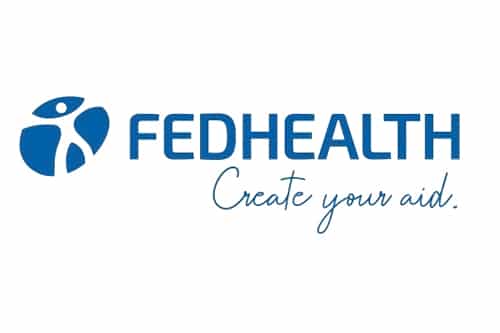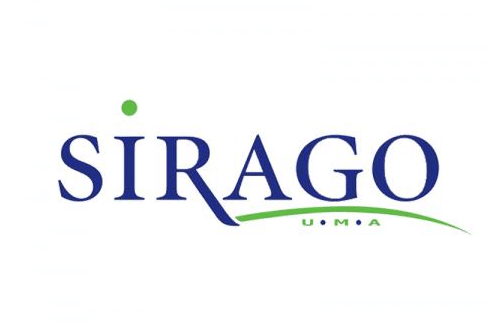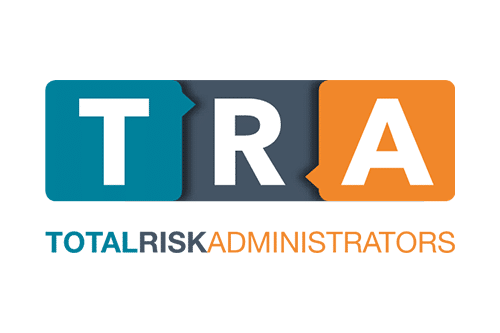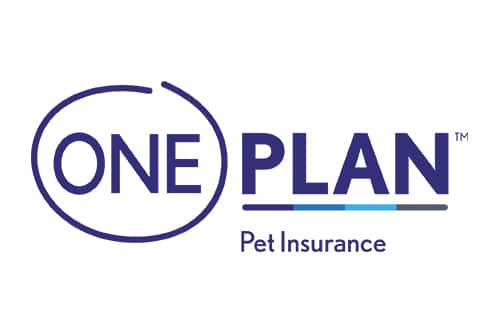
How to Calculate Medical Aid Fringe Benefit
How to Calculate Medical Aid Fringe Benefit in South Africa explained.
We verified how to work out medical aid fringe benefit.
This is a complete guide to understanding and calculating medical aid fringe benefits in South Africa.
In this in-depth guide you’ll learn:
- What is a Medical Aid Fringe Benefit?
- How much does your employer pay for your medical aid?
- What additional expenses are there for medical aid tax credit?
- How do you calculate medical aid tax credit?
- What is the medical aid subsidy policy?
- What is tax tim?
So if you’re ready to go “all in” with the calculating medical aid fringe benefits in South Africa, this guide is for you.
Let’s dive right in…
Overview

👉 When an employer makes a payment to a registered medical scheme on behalf of an employee, the employee receives a taxable benefit. The amount will be contributed to the employee’s total contributions even though it will be considered a fringe benefit (and hence gross income).
👉 If an additional medical tax credit is to be obtained, this would be counted as an employee contribution. After a taxpayer’s death, any contributions made by the estate are treated as if they had been made by the taxpayer on the day before the taxpayer’s date of death.
👉 Here, we take a closer look at medical aid fringe benefit and show you how to calculate this amount.
Understanding medical aid fringe benefit in South Africa

👉 The rising cost of private healthcare is straining the resources of health insurance programmes and individuals alike. It’s an expense that most people can’t avoid, though. Fortunately, tax credits may be available to help offset some of the cost of some medical bills.
👉 A tax credit reduces the amount of tax that must be paid. This means that some of the money you spend on medical care, known as “qualified expenses,” can be used as a tax credit that reduces your taxable income (the amount of tax you have to pay SARS).
👉 Unused portions of credits cannot be carried over to the following year’s taxes, nor will they ever be issued as a separate refund by SARS. This means that even if you pay into a medical aid programme but don’t have an income, you still can’t use the medical credit. If tax has not been paid, SARS will not refund any cash.
READ more about Health Insurance / Medical Insurance
Dependents for medical aid expense claims

👉 Dependents for medical aid expense claims include the following:
➡️ A life partner (husband, wife or same sex partner)
➡️ Any biological or legally adopted offspring of either taxpayer (e.g., son, daughter, stepchild or stepchildren, adopted child or adopted children) who was alive on the last day of the assessment year.
➡️ Those who rely on you for care and assistance outside of your own family (e.g. mother, father, sibling, mother or father-in-law, grandparent or grandchildren)
➡️ Someone else who qualifies as a dependent under the conditions of a health insurance plan or trust
Tax credits

👉 You may be eligible for a tax credit from SARS called the “Medical Schemes Fees Tax Credit” if you and your dependents pay membership dues to a medical plan that is recognised by the government. You, as the primary member, will receive a set monthly amount of R 364 (2023: R 347), your first dependent will receive a fixed monthly amount of R 364, and each additional dependant will receive a fixed monthly amount of R 246 (2023: R 233).
👉 Your employer must use the credit system to minimise your monthly PAYE tax if you pay your contributions through them (as a deduction from your salary or wages).
👉 Nevertheless, if you cover the cost of medical help on your own, your employer won’t modify your PAYE contributions, and you’ll wind up overpaying tax (which you can get back when you file your annual tax return).
Medical expenses that qualify for tax

👉 You, the taxpayer, may deduct the following medical costs that you incurred during the tax year:
➡️ To a nursing home or hospital, or to any duly registered or enrolled nurse, midwife, or nursing assistant (or to any nursing agency for the services of a nurse, midwife, or nursing assistant) in connection with the illness or confinement of you or any of your dependents;
➡️ To a nursing home or hospital, or to any duly registered or enrolled nurse, midwife, or nursing assistant (or to any nursing agency for the services of a nurse, midwife, or nursing assistant); To a nursing
➡️ Medications purchased from a pharmacy with a doctor’s prescription.
➡️ Expenses for medical care received or rendered outside of South Africa
➡️ Note that “over the counter” medications, such as cough syrups, headache tablets or vitamins, do not count as deductible medical costs unless they are purchased in accordance with a doctor’s order from a licenced chemist.
👉 Now that we’ve established which medical costs are deductible, we can examine how to calculate your additional medical expenses tax credit.
How to calculate your medical aid fringe benefit

👉 There are two variables that affect which formula you should use:
👉 Whether or not you are over 65 years old, and whether or not you or any of your dependents have a disability.
👉 A physician must have completed an ITR-DD (confirmation of diagnosis of disability form for an individual taxpayer) during the last five years for you to take advantage of the entire disability-related medical expenses provisions.
Formula for those under 65, no disabilities
➡️ 25% of:
Total contributions paid to the medical scheme
Minus: (4 x Medical Scheme Fees Credit)
Add: (Qualifying medical expenses paid less 7.5% of taxable income)
Formula for those under 65, with disabilities
➡️ 3% of:
Total contributions paid to the medical scheme
Minus: (3 x Medical Scheme Fees Credit)
Add: (Qualifying medical expenses paid)
Formula for those over 65 (with or without disabilities)
➡️ 3% of:
Total contributions paid to the medical scheme
Minus: (3 x Medical Scheme Fees Credit)
Add: (Qualifying medical expenses paid)
READ more about Medical Aid Schemes that Cover Bipolar Mood Disorder
Tax credit for additional medical expenses

👉 To calculate your additional medical aid payments, start with the entire amount you paid towards medical aid and then use the calculation that best fits your situation (as above).
👉 Expenses paid out of pocket are more convoluted. According to SARS, out-of-pocket medical expenses are those that you have paid for yourself but not been compensated for by medical insurance.
👉 Your medical aid’s tax certificate will often indicate any unpaid claims or unreimbursed amounts in the event that you submit ALL of your medical bills for reimbursement. Keep in mind that this doesn’t cover out-of-pocket costs that weren’t reported to your health insurance.
👉 Yet, this doesn’t give you carte blanche to include anyone in the pharmacy. There are limitations on what might be considered an “out-of-pocket” cost for medical care under SARS.
You might like to know more about Pet health Insurance


































